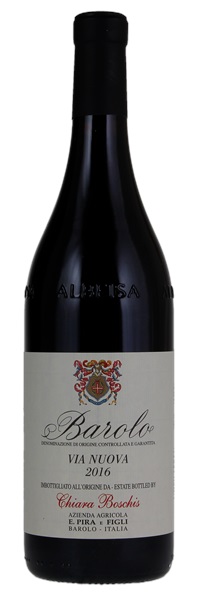Estimate

... Explosive in the glass, with stunning aromatic depth, the 2016 is drop-dead gorgeous... Dark macerated cherry, lavender, spice, menthol and rose petal are kicked up a few notches from underlying veins of acidity and tannin that give the wine its energy and drive...extraordinary harmony, purity and finesse with an eternal finish...
...polished and elegant wine...brambly aromas of woody red fruit, like pomegranate, followed by toasted hazelnut, licorice and grassy earth. The delineated tannins and the freshness of the acidity add to the depth and important layering of the wine.
This is expressive and complex, revealing cherry, strawberry, white pepper, iron and tar flavors, draped on a firmly structured, elegant frame. The refined tannins are assertive, yet overall this strikes a nice balance and lingers beautifully, echoing pure cherry, white pepper and mineral.
... Sleek oak and red-fruit nose. Super-attractive, lively and...full, sweet, red fruit underlined by elegant oak notes...firm, grainy tannins... Succulent finish with just a touch of oak.